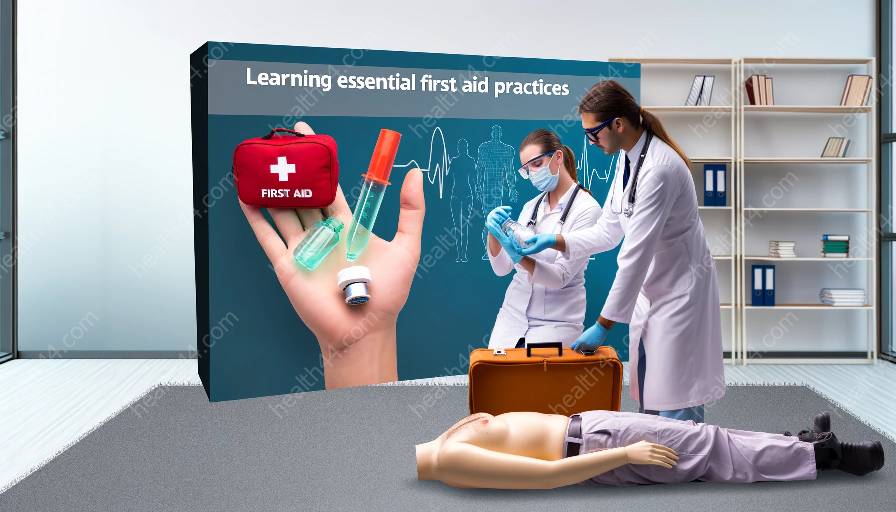First aid and health education are crucial aspects of maintaining public health and safety. Central to this is the proper training in the use of Automated External Defibrillators (AEDs). In this article, we will delve into the importance of AED training, its benefits, and the guidelines for using AEDs effectively in life-saving situations.
Understanding AED Training
AED training is a structured program designed to equip individuals with the knowledge and skills to effectively operate an AED in emergency situations. This training is essential for those working in healthcare, education, public safety, and various other fields where quick and effective response to cardiac emergencies is critical.
When considering AED training, it's important to understand that AEDs are portable electronic devices that are used to diagnose and treat sudden cardiac arrest. They work by analyzing the heart's rhythm and, if necessary, delivering an electric shock, known as defibrillation, to restore the heart to its normal rhythm.
As part of AED training, participants will learn how to recognize when someone is in cardiac arrest, understand the steps to take in an emergency situation, and gain hands-on experience in operating an AED.
Benefits of AED Training
The benefits of AED training are vast and can make a significant difference in saving lives. Some key benefits include:
- Rapid Response: AED training equips individuals with the skills to quickly respond to cardiac emergencies, potentially increasing the chances of survival for the affected individual.
- Increased Survival Rates: Studies have shown that the prompt use of an AED in conjunction with cardiopulmonary resuscitation (CPR) can greatly increase the likelihood of survival following sudden cardiac arrest.
- Empowerment: AED training empowers individuals to take action during emergencies, fostering a sense of confidence and preparedness in dealing with life-threatening situations.
- Community Safety: A broad dissemination of AED training across communities can create a safer environment, as bystanders become equipped to respond effectively in emergencies.
It is important to emphasize that AED training not only benefits individuals, but also contributes to the overall resilience and well-being of communities.
Guidelines for Using AEDs
Proper use of AEDs is crucial in ensuring the best possible outcomes in cardiac emergencies. Here are some essential guidelines for using AEDs:
- Assess the Situation: Before using an AED, ensure that the area is safe and assess the individual to confirm that sudden cardiac arrest is occurring.
- Call for Help: While preparing the AED, call for emergency medical services (EMS) or instruct someone to do so. Time is of the essence in such situations.
- Follow Prompts: AEDs are designed for ease of use, providing spoken instructions to guide the user through the process. Follow these prompts carefully.
- Perform CPR: When directed by the AED, start cardiopulmonary resuscitation (CPR) while the AED is being prepared or between shocks.
- Apply Electrodes: Apply the AED electrodes to the individual's bare chest as shown in the visual diagrams provided with the AED.
- Stand Clear: Ensure that no one is touching the individual and communicate for everyone to stand clear while the AED is analyzing or delivering a shock.
- Deliver Shock: If advised by the AED, deliver a shock by pressing the designated button, ensuring that no one is in contact with the individual.
- Continue Care: After a shock is delivered, continue to follow the AED’s prompts and provide ongoing care until EMS personnel arrive.
It's important for individuals undergoing AED training to familiarize themselves with these guidelines and receive hands-on practice in using an AED to ensure readiness in real-life situations.
Conclusion
AED training is a vital component of first aid and health education. Its impact extends beyond individual skill development, contributing to the overall safety and well-being of communities. By understanding the importance of AED training, recognizing its benefits, and adhering to guidelines for AED usage, individuals can play a crucial role in saving lives during cardiac emergencies.



